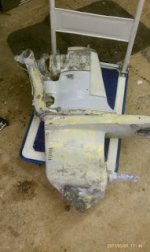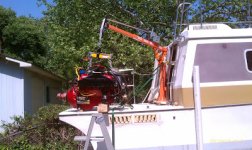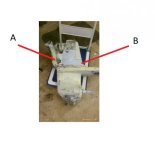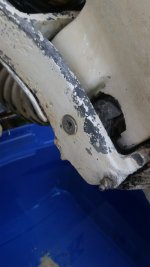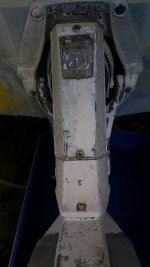Had a nice first outing last Friday, but today the mechanical lift motor for the outdrive doesn't turn. The relays click in both directions but the motor doesn't even grunt. I see two allen heads attaching the unit to the housing. Is there anything tricky I need to know about pulling the assembly out of the boat. I hate to think about $500 for a used unit - maybe I can rehab this one? If not which ones will fit?
Also - I replaced my points distributor with an EST model a couple years ago. I set the timing at 8° with the gizmo/shunt attached. Today I checked the timing and it maxed 35° at 3,000 rpm. So I reset the timing without the gizmo at 29° for 3.000 RPM. Is there anything wrong with this practice?
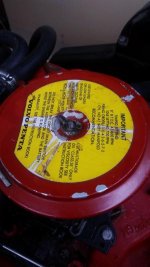
Lastly - what's the 'tunnel' for on the timing tab that's below the zero notch? That little tube?
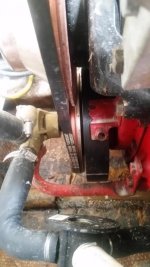
Also - I replaced my points distributor with an EST model a couple years ago. I set the timing at 8° with the gizmo/shunt attached. Today I checked the timing and it maxed 35° at 3,000 rpm. So I reset the timing without the gizmo at 29° for 3.000 RPM. Is there anything wrong with this practice?

Lastly - what's the 'tunnel' for on the timing tab that's below the zero notch? That little tube?



